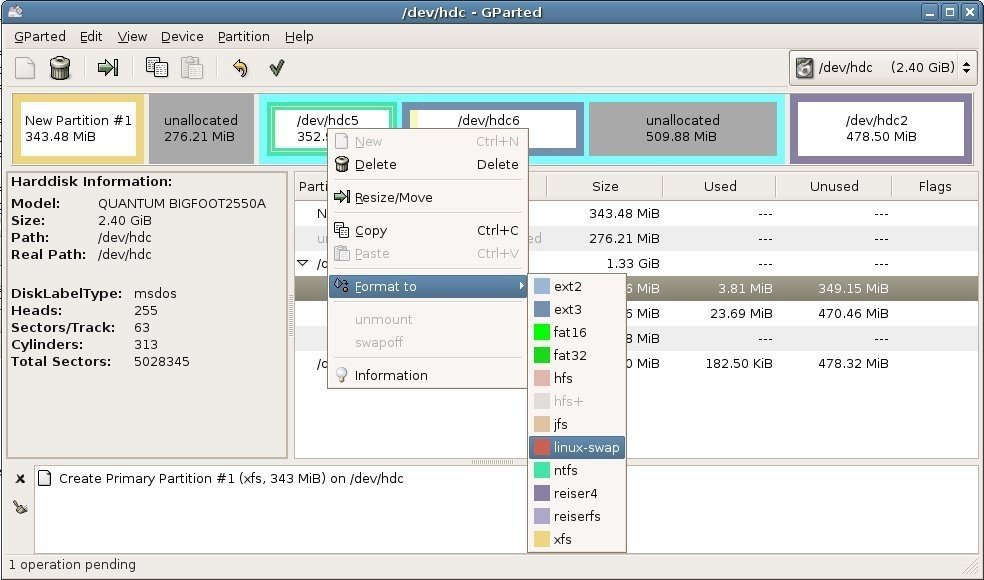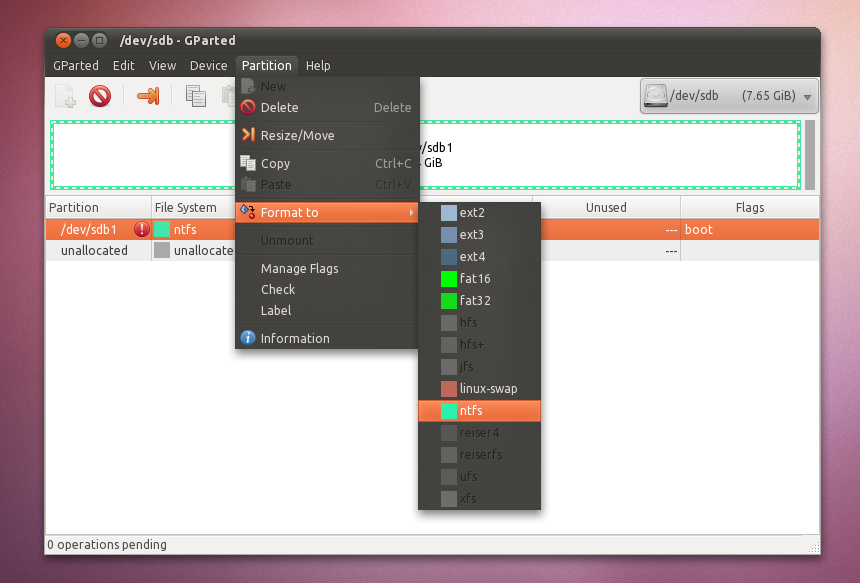
- #How to create gparted live usb install#
- #How to create gparted live usb software#
- #How to create gparted live usb password#
- #How to create gparted live usb iso#
- #How to create gparted live usb windows 8#
The package may have a different name on another distribution, you can compare the file listing of the package to find the right package on your distribution. On your Ubuntu machine or VM make sure the package grub-efi-amd64-bin is installed (grub-efi-ia32-bin is also available for 32-bit Intel architectures on newer releases). No, we don't need a UEFI installation of Linux (which may be a chicken and egg situation), a traditional Linux VM like in VirtualBox is fine.
#How to create gparted live usb iso#

On Windows versions prior to Windows 8, you press Windows/Super+ R to open the run menu and open diskmgmt.msc, that would open Disk Management.
#How to create gparted live usb install#
This method also works for other install media that contains EFI loaders, like Windows for example.

#How to create gparted live usb windows 8#

Remember that for an installation or booting the media: Just copy the files to your FAT32-formatted USB drive. Select the disk you want to partition from the drop-down menu in the top-right.Creating UEFI-only booting USB live media is pretty straight forward. It will take a few seconds to load up all the necessary information about the mounted or unmounted disks and partitions.
#How to create gparted live usb password#
Launch GParted and enter the root password (your password, in most cases) when asked. Apart from that, the Live USB version or the installable versions are very much the same things.

So to do that, you’ll need the Live USB version of GParted. So if you’ve installed GParted on your Linux distro, you can’t work with the partition your Linux system is installed on. Like most partition managers, GParted can help you create and resize unmounted partitions only.
#How to create gparted live usb software#
It’s available to download on the distro’s software center and from its official website. The app can be installed on most popular Linux distros. GParted is written in C++ and being a tool with a GUI, it’s rather easy to use for anyone. The user interface is very simple and gets the job done. It’s a free and open-source utility like every other widely used Linux app out there. GParted is one of the most well known GUI tools in the Linux world and one of the most popular partition managing tool on Linux as well. With it you can create, resize and delete partitions on your hard drive. It is undoubtedly one of the best partition managers for Linux out there. GParted is an incredibly popular and free partition editor available for Linux distros.


 0 kommentar(er)
0 kommentar(er)
